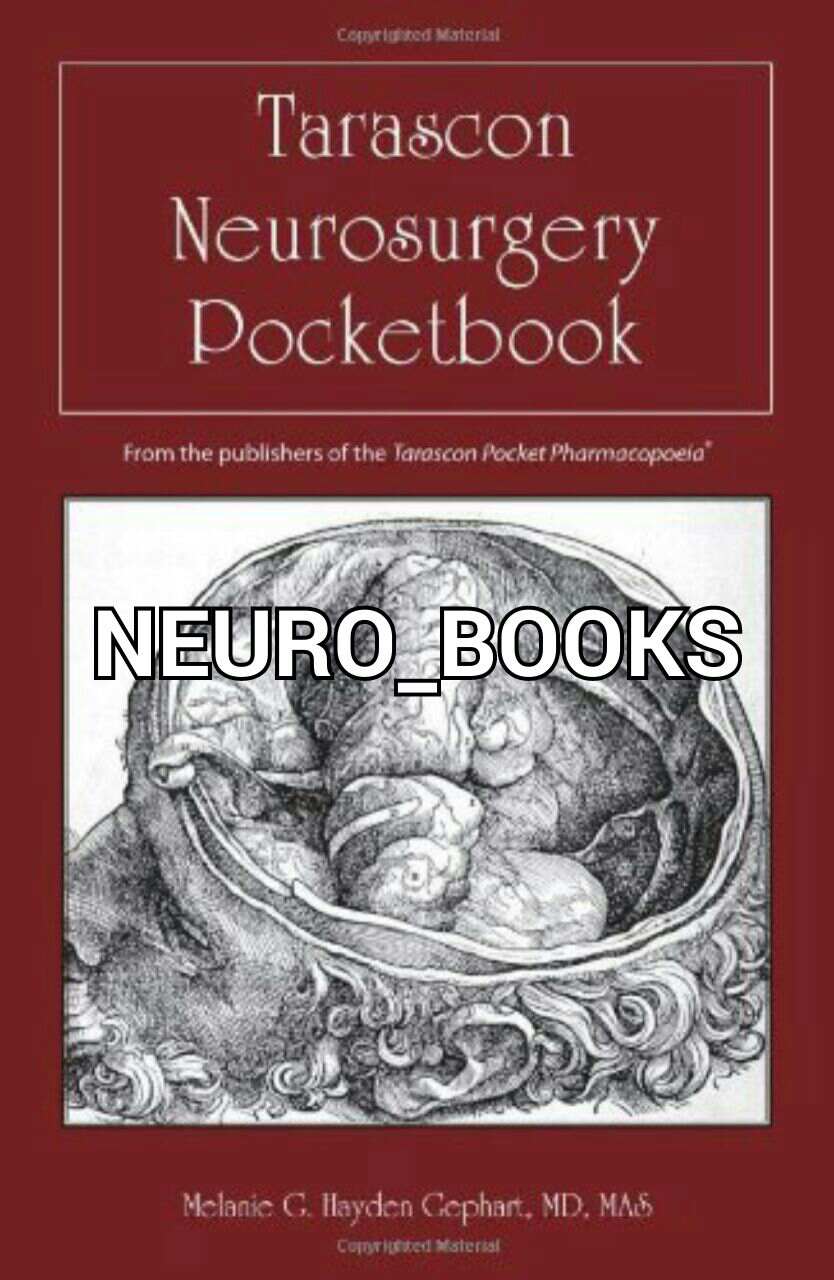DT
Size: a a a
2017 May 23
да время берет свое
NK
И в респ судмеде тоже спрашивала, говорят Крошиться будет. Но если больше пчелиногг воска добавить, то попрет
NK
Парафин + воск
DT
воск дорогой был
NK
Ааа
DT
я только 4 пластинки по 100 гр в руках держал оч дорогой говорили
NK
8уе брусочек
DT
вот вот
NK
Ребята для сноуборда заказывали
NK
USMLE Store
For sharing USMLE related materials
Contact us on telegram : @0111777973
https://t.me/usmlestore
For sharing USMLE related materials
Contact us on telegram : @0111777973
https://t.me/usmlestore
NK
Может, пригодится кому
2017 May 24
DT
A 50-year-old female factory worker was referred to the admitting medical
team by the duty police surgeon. The police had been called to her
house during the night by her husband after she had begun acting in a violent
and agitated manner. She was convinced that there were intruders in
the house and had chased her husband round the house with a knife thinking
that he was one of them. On arrival on the medical admissions unit in the
afternoon of the following day, she was behaving normally and was able to
answer questions although she had poor recollection of the events overnight.
She remained convinced that there had been intruders in her house, but
was aware that she might have been hallucinating at times. She described
being unwell for the preceding 4 days with vomiting and abdominal pain that
was central and constant but this had largely resolved. She had also been
constipated.
She had had one previous admission 6 months previously for vomiting
and abdominal pain. Endoscopic examination was normal. There was a
past history of hypertension, gout, osteoarthritis of the left hip, and
increased alcohol intake. There was no known family history. She was
taking atenolol, tramadol, lansoprazole, and aspirin, and denied illegal
drug use.
On examination, she was apyrexial, pulse 90/min and BP 100/63 mmHg.
There was no abdominal abnormality, neck stiffness, or photophobia.
MTS was 9/10 with no focal neurological abnormality. There was some
scarring over the knuckles of both hands and the suggestion of early blister
formation.
Investigations showed:
● Hb 12.6g/dL,WCC × 109/L, plt139 × 109/L
● ESR 11mm/h, CRP<8mg/L
● Na 139mmol/L, K 3.3mmol/L, glc 6.4 g/dL, Cr 152μmol/L
● LFTs normal, amylase 75mmol/L
● ABG on air: pH 7.44, pCO2 4.23kPa, pO2 9.64kPa, lactate 3.5 mmol/L,
bicarbonate 23.2mmol/L
● Urinalysis: normal
● Abdominal ultrasound: no abnormality seen.
Over the next 2 days, she remained well with no further episodes of disturbed
behaviour.
team by the duty police surgeon. The police had been called to her
house during the night by her husband after she had begun acting in a violent
and agitated manner. She was convinced that there were intruders in
the house and had chased her husband round the house with a knife thinking
that he was one of them. On arrival on the medical admissions unit in the
afternoon of the following day, she was behaving normally and was able to
answer questions although she had poor recollection of the events overnight.
She remained convinced that there had been intruders in her house, but
was aware that she might have been hallucinating at times. She described
being unwell for the preceding 4 days with vomiting and abdominal pain that
was central and constant but this had largely resolved. She had also been
constipated.
She had had one previous admission 6 months previously for vomiting
and abdominal pain. Endoscopic examination was normal. There was a
past history of hypertension, gout, osteoarthritis of the left hip, and
increased alcohol intake. There was no known family history. She was
taking atenolol, tramadol, lansoprazole, and aspirin, and denied illegal
drug use.
On examination, she was apyrexial, pulse 90/min and BP 100/63 mmHg.
There was no abdominal abnormality, neck stiffness, or photophobia.
MTS was 9/10 with no focal neurological abnormality. There was some
scarring over the knuckles of both hands and the suggestion of early blister
formation.
Investigations showed:
● Hb 12.6g/dL,WCC × 109/L, plt139 × 109/L
● ESR 11mm/h, CRP<8mg/L
● Na 139mmol/L, K 3.3mmol/L, glc 6.4 g/dL, Cr 152μmol/L
● LFTs normal, amylase 75mmol/L
● ABG on air: pH 7.44, pCO2 4.23kPa, pO2 9.64kPa, lactate 3.5 mmol/L,
bicarbonate 23.2mmol/L
● Urinalysis: normal
● Abdominal ultrasound: no abnormality seen.
Over the next 2 days, she remained well with no further episodes of disturbed
behaviour.
SS
A 50-year-old female factory worker was referred to the admitting medical
team by the duty police surgeon. The police had been called to her
house during the night by her husband after she had begun acting in a violent
and agitated manner. She was convinced that there were intruders in
the house and had chased her husband round the house with a knife thinking
that he was one of them. On arrival on the medical admissions unit in the
afternoon of the following day, she was behaving normally and was able to
answer questions although she had poor recollection of the events overnight.
She remained convinced that there had been intruders in her house, but
was aware that she might have been hallucinating at times. She described
being unwell for the preceding 4 days with vomiting and abdominal pain that
was central and constant but this had largely resolved. She had also been
constipated.
She had had one previous admission 6 months previously for vomiting
and abdominal pain. Endoscopic examination was normal. There was a
past history of hypertension, gout, osteoarthritis of the left hip, and
increased alcohol intake. There was no known family history. She was
taking atenolol, tramadol, lansoprazole, and aspirin, and denied illegal
drug use.
On examination, she was apyrexial, pulse 90/min and BP 100/63 mmHg.
There was no abdominal abnormality, neck stiffness, or photophobia.
MTS was 9/10 with no focal neurological abnormality. There was some
scarring over the knuckles of both hands and the suggestion of early blister
formation.
Investigations showed:
● Hb 12.6g/dL,WCC × 109/L, plt139 × 109/L
● ESR 11mm/h, CRP<8mg/L
● Na 139mmol/L, K 3.3mmol/L, glc 6.4 g/dL, Cr 152μmol/L
● LFTs normal, amylase 75mmol/L
● ABG on air: pH 7.44, pCO2 4.23kPa, pO2 9.64kPa, lactate 3.5 mmol/L,
bicarbonate 23.2mmol/L
● Urinalysis: normal
● Abdominal ultrasound: no abnormality seen.
Over the next 2 days, she remained well with no further episodes of disturbed
behaviour.
team by the duty police surgeon. The police had been called to her
house during the night by her husband after she had begun acting in a violent
and agitated manner. She was convinced that there were intruders in
the house and had chased her husband round the house with a knife thinking
that he was one of them. On arrival on the medical admissions unit in the
afternoon of the following day, she was behaving normally and was able to
answer questions although she had poor recollection of the events overnight.
She remained convinced that there had been intruders in her house, but
was aware that she might have been hallucinating at times. She described
being unwell for the preceding 4 days with vomiting and abdominal pain that
was central and constant but this had largely resolved. She had also been
constipated.
She had had one previous admission 6 months previously for vomiting
and abdominal pain. Endoscopic examination was normal. There was a
past history of hypertension, gout, osteoarthritis of the left hip, and
increased alcohol intake. There was no known family history. She was
taking atenolol, tramadol, lansoprazole, and aspirin, and denied illegal
drug use.
On examination, she was apyrexial, pulse 90/min and BP 100/63 mmHg.
There was no abdominal abnormality, neck stiffness, or photophobia.
MTS was 9/10 with no focal neurological abnormality. There was some
scarring over the knuckles of both hands and the suggestion of early blister
formation.
Investigations showed:
● Hb 12.6g/dL,WCC × 109/L, plt139 × 109/L
● ESR 11mm/h, CRP<8mg/L
● Na 139mmol/L, K 3.3mmol/L, glc 6.4 g/dL, Cr 152μmol/L
● LFTs normal, amylase 75mmol/L
● ABG on air: pH 7.44, pCO2 4.23kPa, pO2 9.64kPa, lactate 3.5 mmol/L,
bicarbonate 23.2mmol/L
● Urinalysis: normal
● Abdominal ultrasound: no abnormality seen.
Over the next 2 days, she remained well with no further episodes of disturbed
behaviour.
what factory?
DT
what factory?
??
SS
ish joyiga bog'liqmasmi
SS
alcohol bn bogliq neyropsixik buzilish bölishi mumkin
SS
terida özgarishlayam bosa porfiriya bolishiyam mumkin, uyam shunaqa psixik xurujla bn kechadi
DT
terida özgarishlayam bosa porfiriya bolishiyam mumkin, uyam shunaqa psixik xurujla bn kechadi
Тогри диагноз порфирия
2017 May 25
DT
@NEURO_BOOKS
Tarascon Neurosurgery Pocketbook
1st Edition
➡️Publisher Tarascon
➡️Publication date April 23, 2013
➡️Language English
➡️Product Dimensions 0.3 x 3 x 5 inches
➡️Book length 310
➡️ISBN-10 1449615546
➡️ISBN-13 978-1449615543
⭐️The Tarascon Neurosurgery Pocketbook brings neurologists, neurosurgeons and residents the most convenient and comprehensive pocket reference available today. This concise, organized pocket guide is packed with essential lists, figures, & tables providing instant reminders of hard-to-remember, vital clinical information.
⭐️This pocket reference guide covers an array of neurosurgery topics including brain tumors. No other Neurologic reference of this kind incorporates neurosurgery, neurology and neuro-critical care in one reference.
⭐️The Tarascon Neurosurgery Pocketbook is an unmatched resource for neurosurgeons and trainees. Important Notice: The digital edition of this book is missing some of the images or content found in the physical edition
@NEURO_BOOKS
Tarascon Neurosurgery Pocketbook
1st Edition
➡️Publisher Tarascon
➡️Publication date April 23, 2013
➡️Language English
➡️Product Dimensions 0.3 x 3 x 5 inches
➡️Book length 310
➡️ISBN-10 1449615546
➡️ISBN-13 978-1449615543
⭐️The Tarascon Neurosurgery Pocketbook brings neurologists, neurosurgeons and residents the most convenient and comprehensive pocket reference available today. This concise, organized pocket guide is packed with essential lists, figures, & tables providing instant reminders of hard-to-remember, vital clinical information.
⭐️This pocket reference guide covers an array of neurosurgery topics including brain tumors. No other Neurologic reference of this kind incorporates neurosurgery, neurology and neuro-critical care in one reference.
⭐️The Tarascon Neurosurgery Pocketbook is an unmatched resource for neurosurgeons and trainees. Important Notice: The digital edition of this book is missing some of the images or content found in the physical edition
@NEURO_BOOKS




